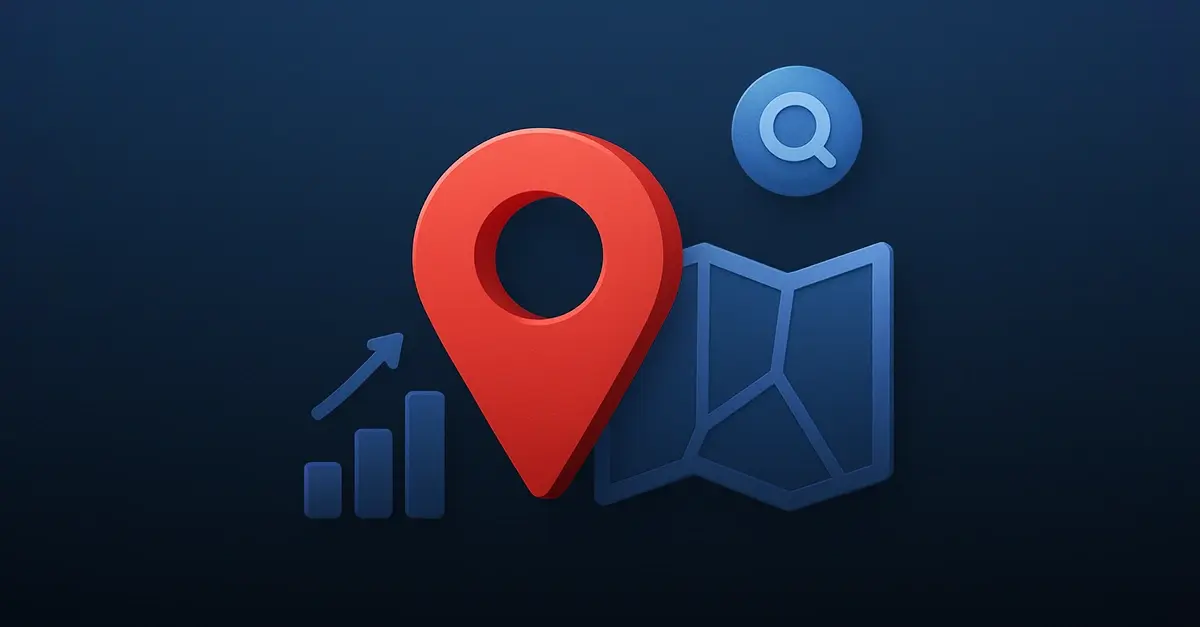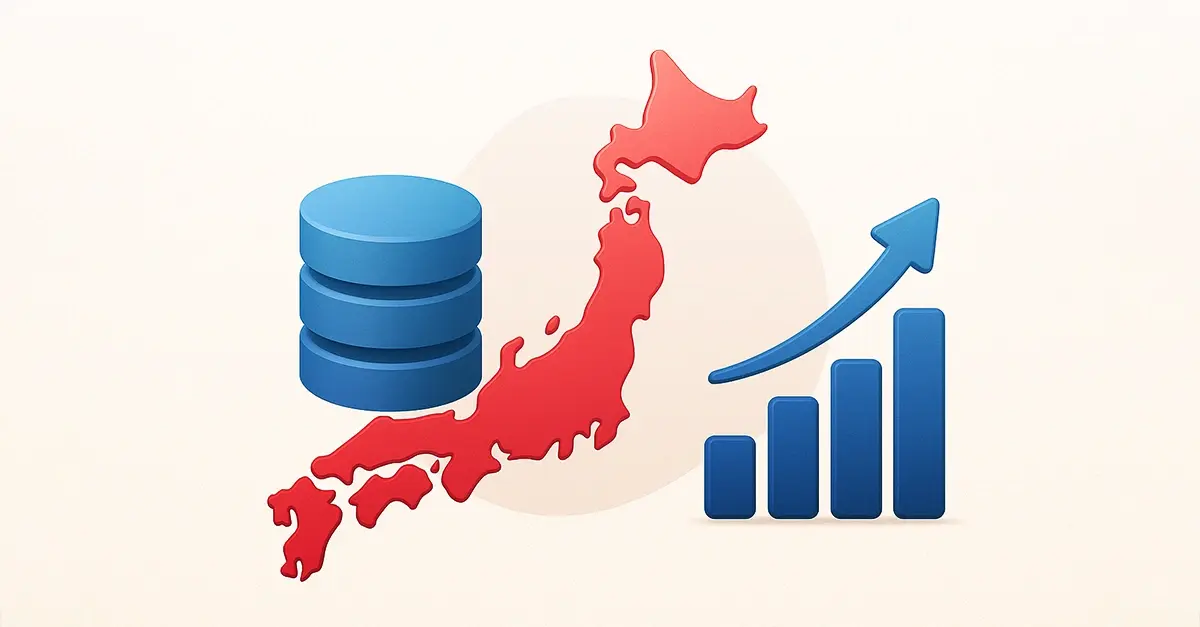Why Finding Out Who Owns a Business Matters
Whether you’re verifying a new supplier, conducting due diligence, or researching a potential acquisition, one of the first questions you may ask is: how to find out who owns a business. The answer can be simple in some cases and surprisingly complex in others, depending on local laws, company type, and the transparency of available data.
Understanding ownership is important across multiple areas:
- Compliance and Risk Management – Meeting Know Your Customer (KYC), Know Your Business (KYB) and Anti-Money Laundering (AML) requirements.
- Business Development – Identifying decision-makers and related companies for targeted outreach.
- Investment and M&A – Assessing ownership stability and uncovering hidden risks.
- Procurement – Ensuring suppliers meet operational, ethical, and legal standards.
Global corporate networks often make ownership less visible. Multinational companies can structure themselves with dozens or hundreds of subsidiaries spread across jurisdictions. These layers may obscure ultimate beneficial owners (UBOs), especially in countries with limited disclosure laws.
To answer the question effectively, you need to understand the different ways to gather ownership information, their limitations, and how they can be combined for the most complete view.
Start with Official Business Registries
The most reliable starting point is the official business registry in the country where the company is incorporated. These government-maintained databases record legal details, often including ownership, directors, and registered addresses.
Examples include:
- Companies House (UK) – Free access to director names and persons of significant control.
- SEC EDGAR (US) – Public company filings that disclose major shareholders and officers.
- EU Business Registers – Vary by country, with different levels of accessibility.
Advantages:
- Official source – Data comes from legally required filings.
- Legal accuracy – Often updated in accordance with regulatory deadlines.
Limitations:
- Jurisdiction-specific – Must search separately in each country.
- Incomplete for private companies – Some provide minimal details.
- Language and access barriers – Not all are in English or open to the public.
For multinational companies, official registries may give you the basics but rarely provide a global view of corporate ownership.
Check Corporate Filings and Annual Reports
If the company is publicly listed, annual reports, proxy statements, and investor disclosures are a goldmine for ownership data. These documents often reveal major shareholders, board members, and sometimes lists of subsidiaries.
Where to find them:
- Company’s investor relations website.
- Stock exchange portals (NYSE, LSE, Euronext).
- Regulatory filing systems (SEC EDGAR in the US).
Advantages:
- Reliable for public companies.
- May include subsidiary charts and related party disclosures.
Limitations:
- Not applicable to most private companies.
- Can be difficult to interpret for complex structures.
This approach works well if you’re researching a major listed company but is less effective for small private businesses or entities in jurisdictions with weak disclosure rules.
Search News, Press Releases, and Social Media
Public announcements and media coverage can reveal recent ownership changes, mergers, acquisitions, or new executives. Even LinkedIn updates and industry news sites can provide clues.
Advantages:
- Can surface recent developments before they appear in official filings.
- Helpful for smaller businesses with limited public records.
Limitations:
- May be incomplete, inaccurate, or outdated.
- Cannot be relied upon for compliance-grade verification.
News sources work best when used alongside official documents, not as a replacement.
Explore Beneficial Ownership Registries
A growing number of countries maintain Ultimate Beneficial Owner (UBO) registries, designed to increase transparency and prevent illicit activity. These databases aim to identify individuals who ultimately control a company, even if they own it through other entities.
Examples include:
- EU Beneficial Ownership Registers – Access levels vary by country.
- OpenOwnership Register – Aggregates beneficial ownership data from multiple sources.
- FinCEN Beneficial Ownership Rule (US) – Expanding collection of beneficial ownership data.
Advantages:
- Directly targets the ultimate owner, not just shareholders.
- Supports AML and counter-terrorism compliance.
Limitations:
- Coverage varies; many are incomplete.
- Access may be restricted or paid.
- Some owners qualify for exemptions.
These registries are powerful tools but rarely complete on their own.
Overcoming Common Challenges in Ownership Research
Even with multiple data sources, several factors make determining ownership difficult:
- Private company opacity – Many jurisdictions don’t require private firms to disclose shareholders.
- Shell companies and trusts – Used to hide beneficial ownership.
- Jurisdictional differences – Disclosure laws vary widely between countries.
- Data freshness – Changes in ownership may take months to appear in filings.
Because of these challenges, businesses often need aggregated, verified datasets that combine multiple sources into a single, accurate view.
Use a Corporate Linkage Database for Global Accuracy
For organizations that require a complete and up-to-date picture of business ownership, a corporate linkage database is often the most efficient and reliable option.
What a corporate linkage database provides:
- Hierarchy mapping – Shows how a company connects to its headquarters, subsidiaries, and branches.
- Global coverage – Tracks relationships across jurisdictions and continents.
- Unlimited depth – Reveals the chain of ownership all the way up to the global ultimate parent and down to the smallest operating entity.
- Executive linkage – Associates decision-makers and board members with multiple companies.
Why it’s effective:
- Aggregates official registry data, corporate filings, and validated third-party sources.
- Continuously updated to reflect mergers, acquisitions, and divestitures.
- Enables cross-border compliance, competitive intelligence, and risk management.
This kind of dataset provides clarity when dealing with multinational companies that have dozens of subsidiaries scattered across different legal environments.
Why Ownership Transparency Matters Across Industries
Understanding who owns a business is not just a compliance requirement. It has implications across industries and functions:
- Banking and Financial Services – Regulatory compliance under KYC and AML rules demands precise identification of beneficial owners.
- Procurement and Supply Chain – Prevents sourcing from high-risk suppliers or entities with sanctions exposure.
- Mergers & Acquisitions – Helps assess whether an acquisition target has hidden ownership risks.
- Sales and Marketing – Supports account-based strategies by identifying parent companies and subsidiaries to target.
The need for accurate, timely ownership intelligence cuts across operational, strategic, and compliance priorities.
Emerging Developments in Ownership Data
The way organizations research and verify business ownership is changing quickly, driven by both regulatory pressure and technology advances.
Several trends are shaping the future of this space:
- Stronger Global Reporting Requirements
- More countries are introducing mandatory beneficial ownership registries under international agreements such as the FATF’s transparency standards.
- Regulatory bodies are increasingly linking these registries to enforcement actions, making non-compliance riskier. - Consolidation of Cross-Border Data
- Businesses are moving away from fragmented, country-by-country searches toward unified datasets that consolidate official records from multiple jurisdictions.
- This shift is being fueled by demand for single-source verification in compliance, procurement, and M&A. - Real-Time Ownership Monitoring
- Static reports are giving way to live data feeds and API integrations that update instantly when a change in ownership or control is detected.
- This capability supports continuous compliance rather than point-in-time checks. - Smarter Linkage Through AI
- Artificial intelligence is being applied to connect disparate records, identify hidden relationships, and flag inconsistencies in ownership structures.
- Machine learning models are improving the detection of indirect control and multi-layered corporate arrangements. - Balancing Transparency and Privacy
- Expanding access to ownership data must be balanced with privacy regulations like GDPR and CCPA.
- Providers that can demonstrate data lineage and lawful sourcing are increasingly preferred by regulated industries.
Ownership intelligence is moving toward faster, more comprehensive, and compliance-aligned solutions.
Organizations that adapt early will be better equipped to navigate global markets with confidence.
Why InfobelPRO’s Corporate Linkage Data Stands Out
InfobelPro’s corporate linkage dataset is built from verified legal registries and over 1,100 trusted data sources.
Key features:
- 375M+ companies across 220+ countries and territories.
- 40M+ companies with mapped corporate linkage
- Unlimited hierarchy depth for both global and domestic ultimate parents.
- Multiple delivery options – corporate linkage API, bulk data, or cloud-based integration.
- Compliance-ready – Fully GDPR and CCPA aligned, with transparent data lineage.
This approach ensures that users have access to accurate, comprehensive ownership intelligence that can be seamlessly integrated into compliance, procurement, or sales systems.
Comparison:
Public Registries vs UBO Registries vs Corporate Linkage Databases
|
Feature |
Public Registries |
UBO Registries |
Corporate Linkage Database |
|
Coverage: |
Country-specific |
Limited by jurisdiction |
Global, cross-border |
|
Owner Type: |
Legal owners |
Ultimate beneficial owners |
Both legal and beneficial |
|
Update Frequency: |
Periodic |
Varies |
Continuous |
|
Ease of Access: |
Often free, varies by country |
Restricted or paid |
Subscription/API |
|
Depth of Hierarchy: |
Minimal |
Limited |
Unlimited |
|
Best Use Cases: |
Local verification |
AML/KYC compliance |
Global compliance, |
Conclusion
When you need to find out who owns a business, the most reliable results come from combining multiple sources, starting with official registries, supplementing with corporate filings and beneficial ownership databases, and turning to a corporate linkage database for a complete, global view.
Whether you are vetting a supplier, evaluating a merger target, or meeting compliance obligations, the right ownership intelligence can protect your organization from risk and help you identify new opportunities.
Get a Free Data Sample
– Uncover Any Company’s Full Corporate Hierarchy
See a complete corporate family tree for any company worldwide. Request your free sample of our verified corporate linkage data and experience how accurate, transparent ownership intelligence can empower your decision-making.






Comments